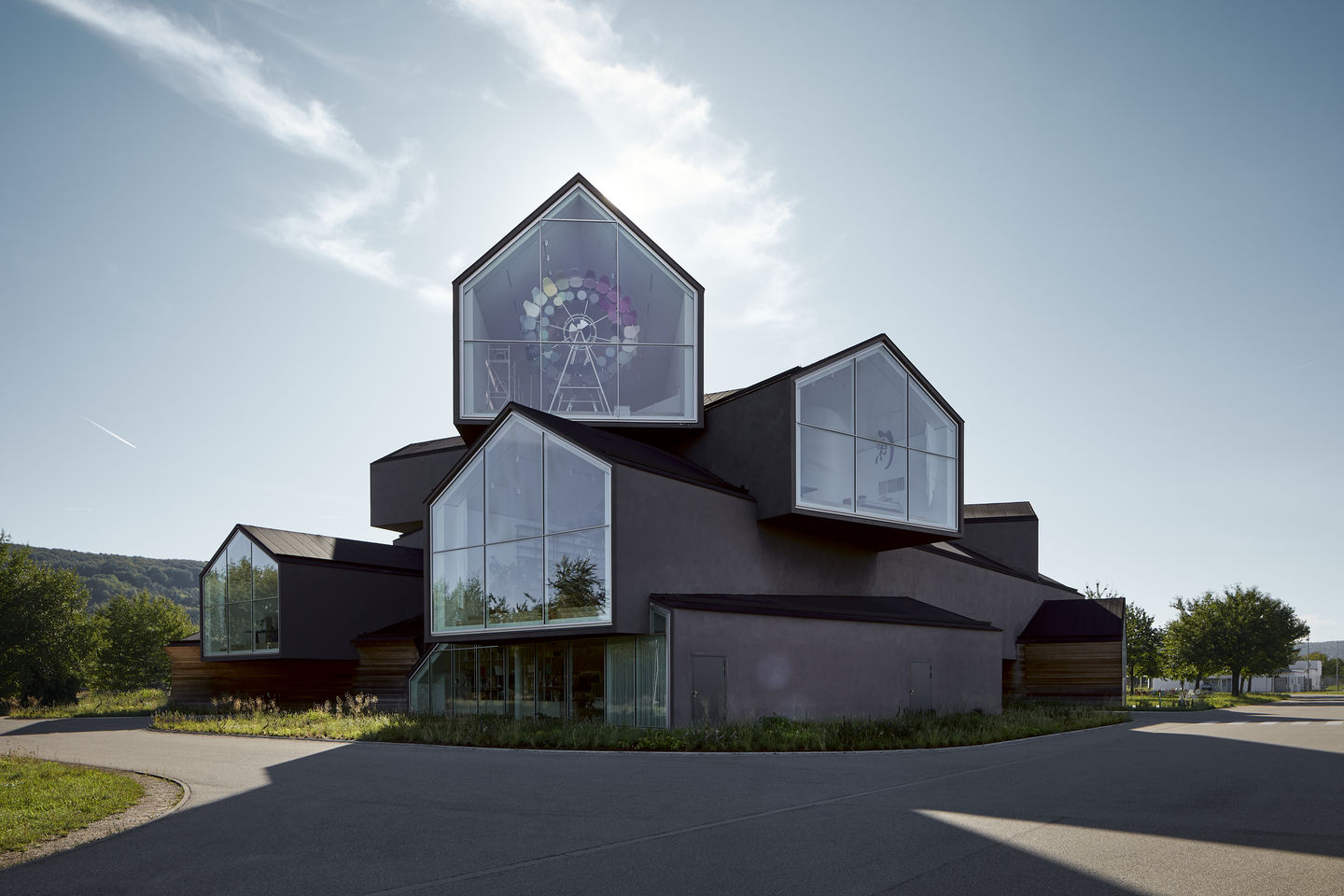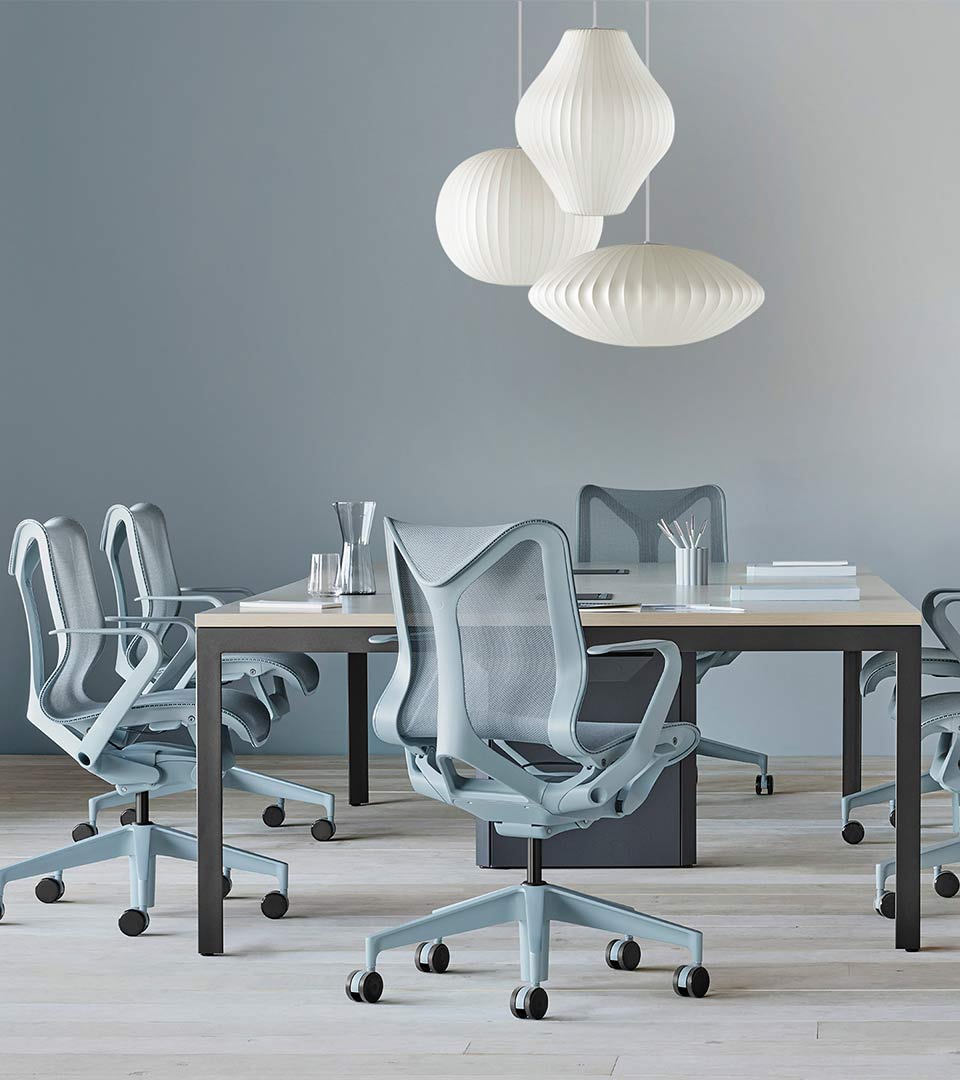Charlap Hyman & Herrero is a New York/Los Angeles-based architecture and design studio that takes a fully integrated approach to conceptualising and executing spaces in their totality. Principals Adam Charlap Hyman and Andre Herrero lead a practice that considers all aspects of the built environment, from site plan to furniture.
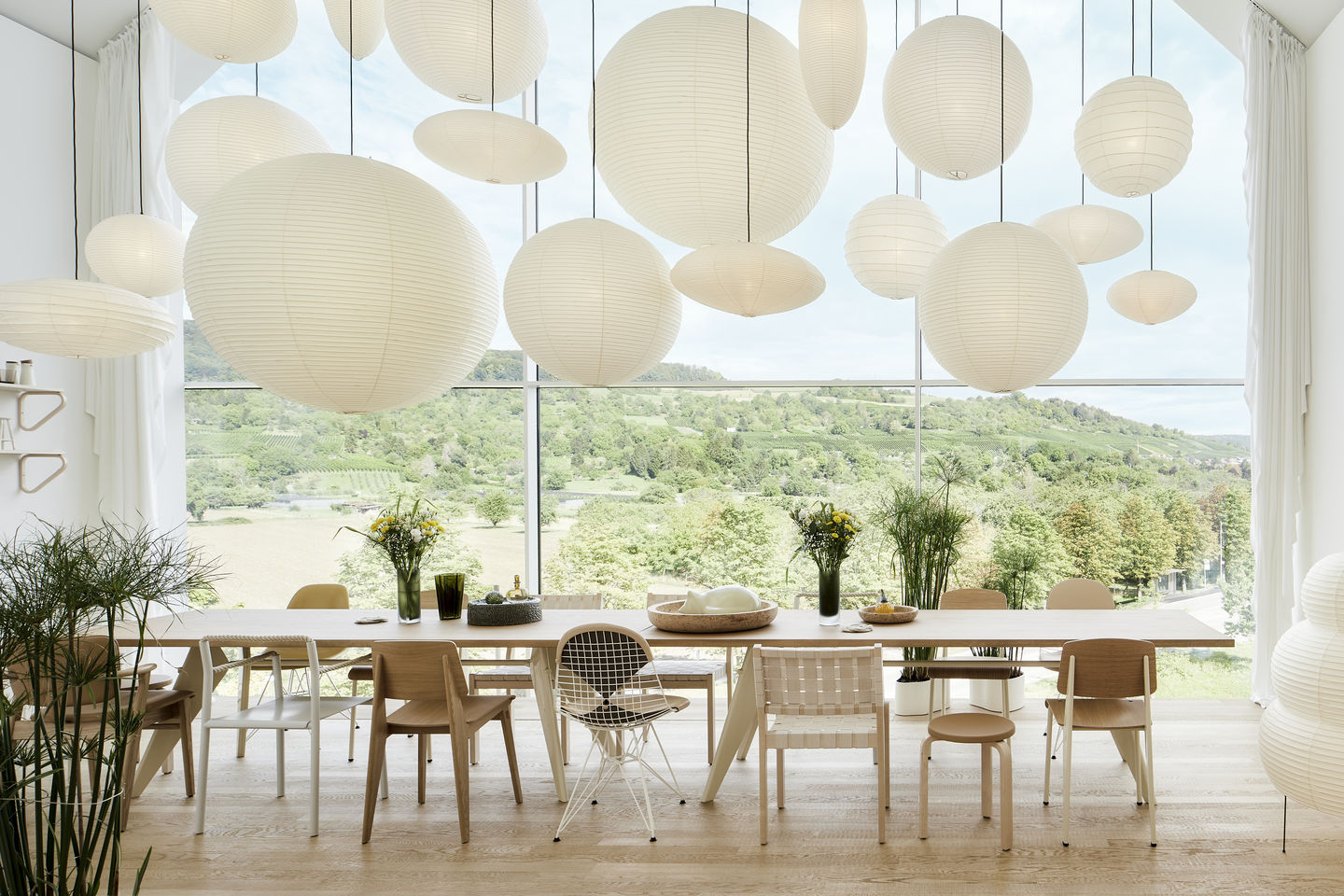
People in different continents, cultures and countries have different living traditions and aesthetic preferences. Does the new interior in the VitraHaus speak a neutral, international language, or is it somehow American because of your origin?
As an American firm, everything we do has been imagined through an American lens. However, the CHH team is quite international, comprised of people from many different backgrounds and cultures and the furniture designers we have worked with and included in the loft are from all over the world, of course. The mixing of, and tension between, different cultural traditions is very important to our work, and I believe you can see this reflected in the space we have created at Vitra.
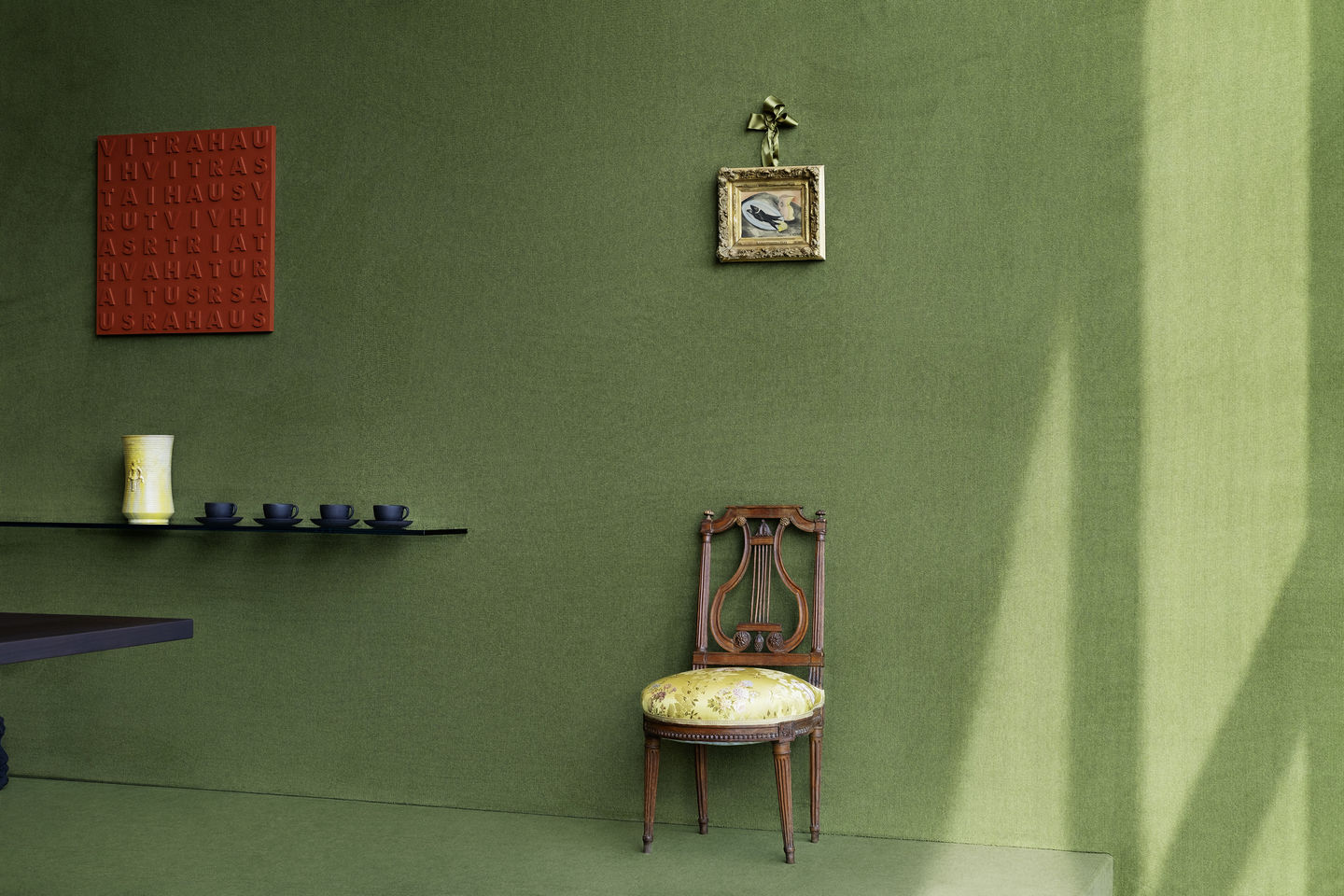
Your studio aims to create spaces that become worlds unto themselves, an all-encompassing Gesamtkunstwerk. What was the starting point for the development and design of a new interior in the VitraHaus Loft?
At first, we were designing the house for an invented character, but this shifted throughout the process and as people retreated into quarantine. The loft became a kind of vessel for the things that inspire us and make us come alive – it is in many ways a dream house that contains layer upon layer of the things we love.
When there is no fictitious inhabitant: Is there an overriding theme that has visibly influenced the interior design of the loft?
In our office, we are inspired by characters in films and books and love to imagine the imprint that they leave on the spaces we create. The worlds that writers and directors conceive for the characters are a constant source of reference in our work. Additionally, we sometimes think of ourselves as the directors of movies about our clients! As the loft is really our dream house it is a composite of so many fantasies we have had and influences on us over the years. I would hope that anyone visiting the VitraHaus can imagine themselves as a resident of the apartment, if just for a night. That being said, many ‘visitors’ have left physical traces behind: fictional characters like Jean Floressas Des Esseintes from Huysman’s À rebours, Lidia Pontano from Antonioni’s L’Eclisse and the artist from Cocteau’s The Blood of a Poet.
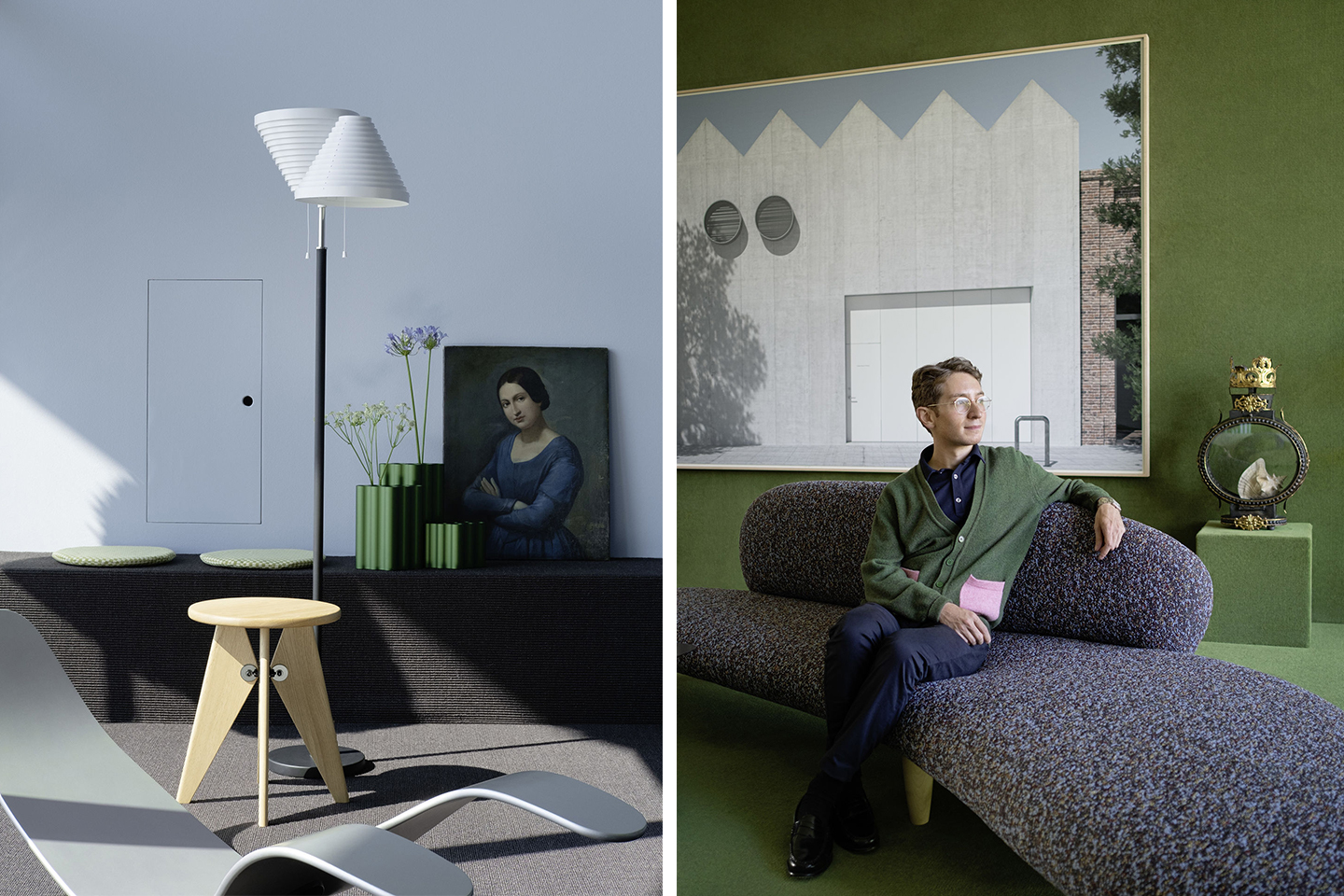
So, can you tell us something about these films? What are the interior details that reflect a certain film or film scene?
The spirit of the decor throughout, the nonchalant placement of furniture and art, is very much inspired by the interiors of Antonioni’s trilogy L’Avventura, La Notte and L’Eclisse. There is a newspaper on a table from a scene in Breathless by Godard. The shell lamps over the dining table are an oblique reference to the grotto scene in Visconti’s Ludwig II. The study is an homage to Cocteau’s La Belle et la Bête and the bedroom to Agnes Varda’s Cléo de 5 à 7. The list goes on!
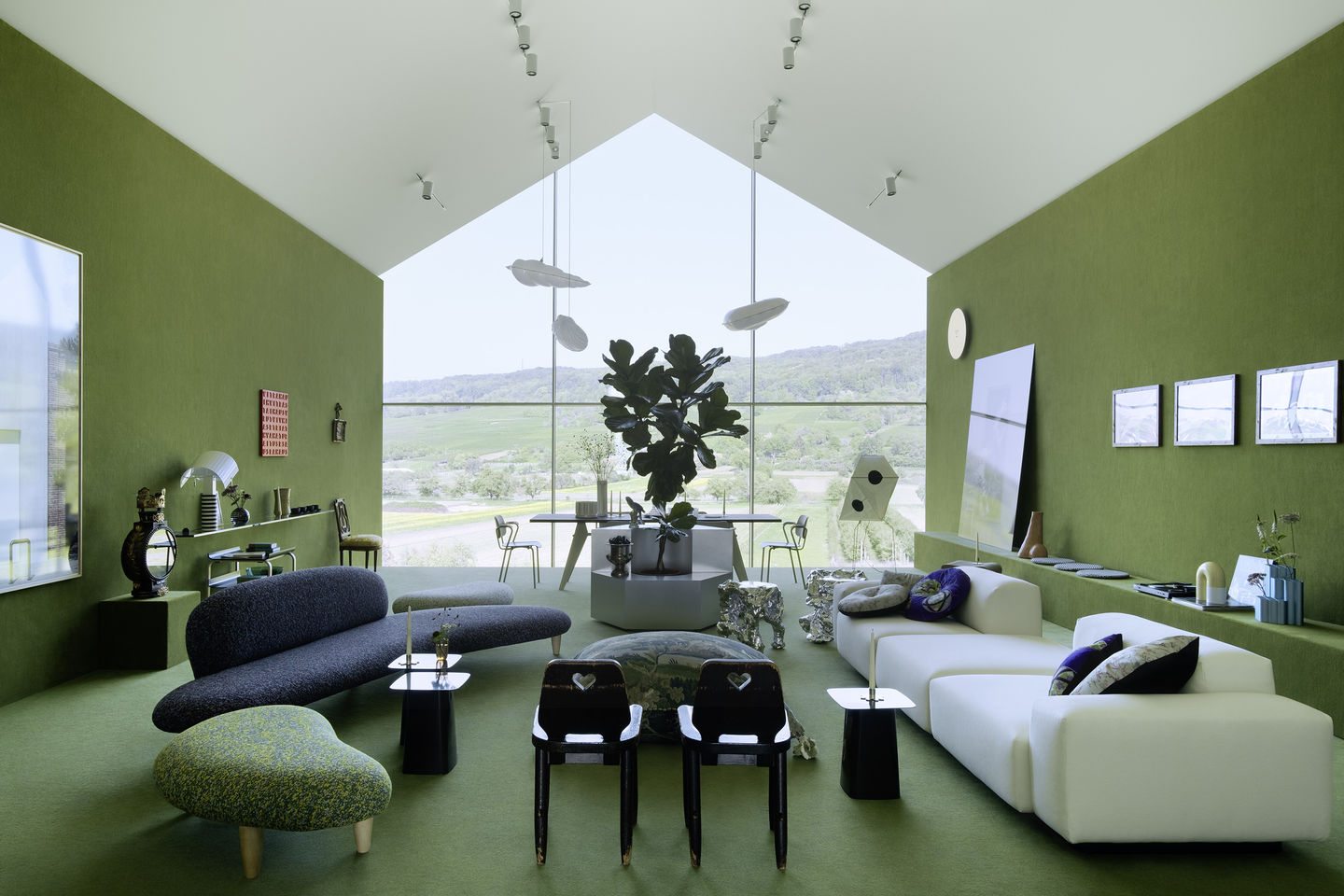
Did the architecture of the VitraHaus also influence the design of the loft and if so: how?
We are great admirers of Herzog & de Meuron and especially this building. We tried to be extremely sensitive to the architecture, the lines of the space, the existing materials, and find exciting ways to play off of it. I hope our interior is a respectful and light-hearted compliment to their work.
Thank you, Adam, and finally: How would you describe the VitraHaus Loft in three words?
I would describe it as light-hearted, lush and thoughtful.
